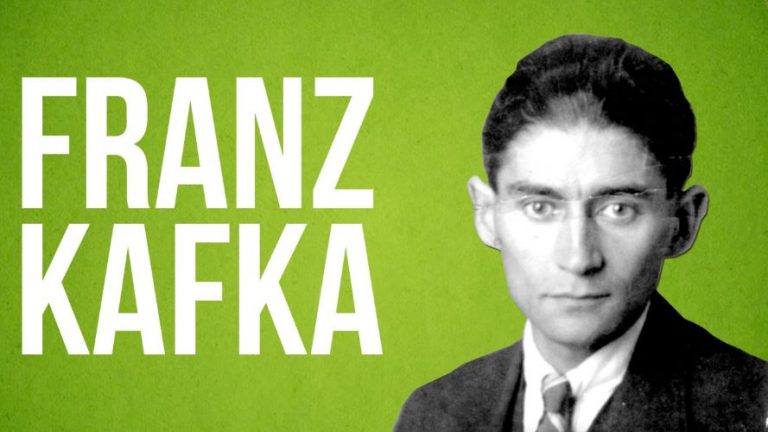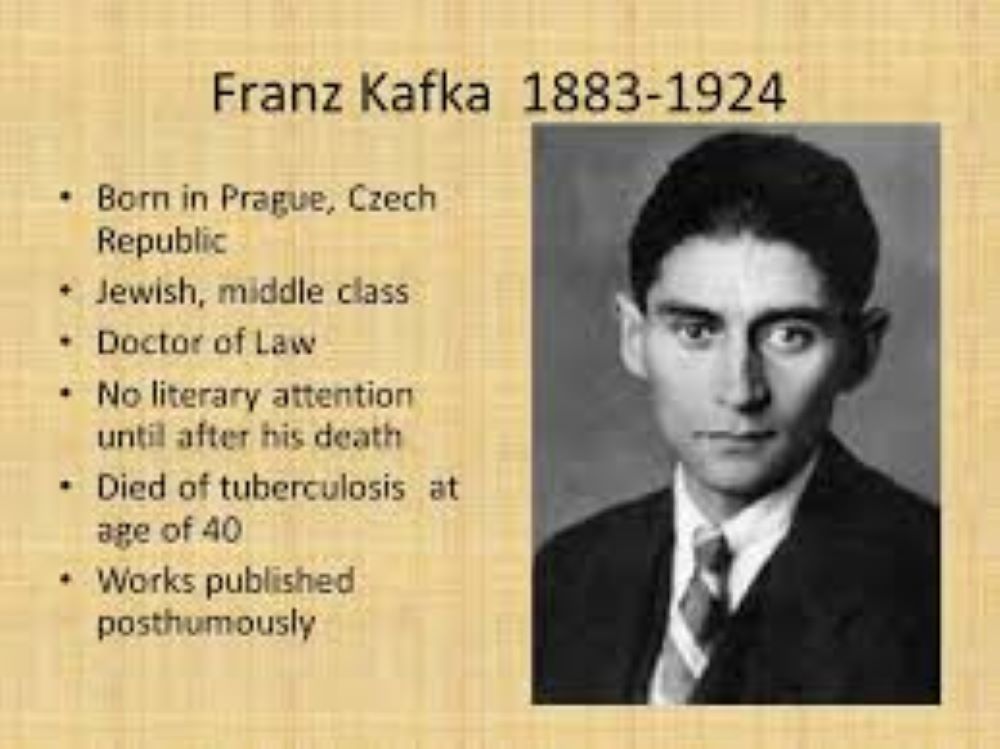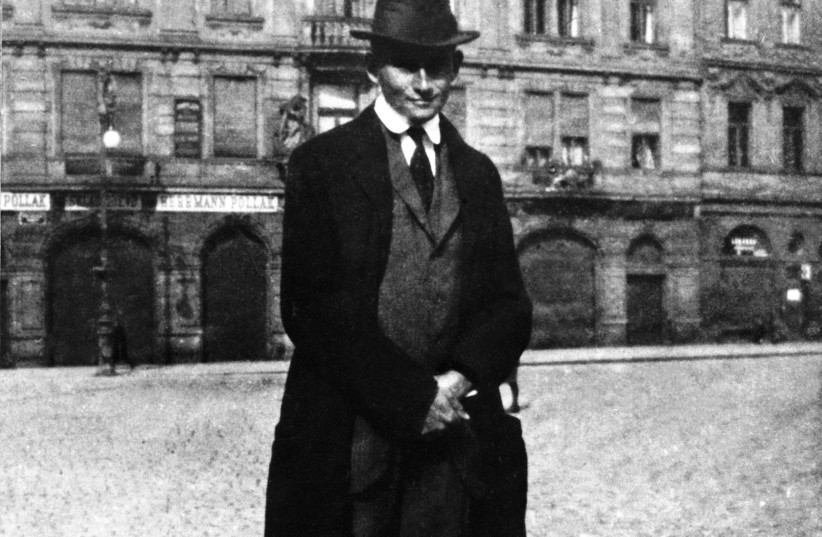
Kafka manages to capture the complexities of human emotion and the struggle for meaning in an indifferent world
SHOUKAT LOHAR
Franz Kafka, born on July 3, 1883, in Prague, was a renowned German-language writer whose works have left an indelible mark on literature. Kafka’s unique storytelling style, often characterized by themes of alienation, bureaucracy, and absurdity, has made him one of the most influential figures in modern literature. This article delves into the life and works of Franz Kafka, explores his art of narration, and examines his seminal work, “Metamorphosis,” along with other notable contributions. Finally, we offer an analysis of Kafka’s narrative techniques and draw conclusions about his enduring literary legacy.
Life and Background
Raised in a middle-class Jewish family, Kafka studied law at the University of Prague and subsequently worked as an insurance clerk for most of his life. Despite his professional obligations, Kafka managed to dedicate his spare time to writing, which became an outlet for his internal struggles and existential questions. Unfortunately, he experienced little literary recognition during his lifetime, and it was only after his death in 1924 that his works gained widespread acclaim.
 Works and Themes
Works and Themes
Kafka’s body of work primarily consists of short stories and unfinished novels, including “The Trial,” “The Castle,” and “Amerika.” His writing often explores themes of isolation, guilt, and the human condition in the face of absurdity. Kafka’s unique blend of realism and the surreal, coupled with his meticulous attention to detail, creates a sense of unease and disorientation in the reader.
The Art of Narration
Kafka’s art of narration is characterized by several distinct elements. Firstly, his use of first-person perspective allows readers to delve into the minds of his protagonists, experiencing their anxieties and internal conflicts firsthand. This technique creates an intimate connection between the reader and the characters, fostering empathy and immersion.
Secondly, Kafka employs a sparse and precise writing style. His prose is characterized by concise descriptions and a lack of unnecessary ornamentation, which contributes to the overall sense of unease and detachment. This minimalist approach forces readers to actively engage with the text, filling in the gaps and interpreting the underlying meaning.
 “Metamorphosis” – A Masterpiece
“Metamorphosis” – A Masterpiece
Arguably Kafka’s most famous work, “Metamorphosis,” published in 1915, tells the story of Gregor Samsa, who wakes up one morning to find himself transformed into a monstrous insect. Through this bizarre premise, Kafka explores themes of alienation, identity, and the human condition. “Metamorphosis” is a powerful allegory for the alienation Kafka himself felt in his personal and professional life, as well as a reflection on the existential crisis faced by modern individuals.
In “Metamorphosis,” Kafka employs a unique narrative technique, blurring the boundaries between reality and fantasy. The story unfolds in a matter-of-fact manner, with Samsa’s transformation treated as a factual event. This technique accentuates the absurdity of the situation while simultaneously reinforcing the themes of isolation and estrangement.
Analysis and Conclusions
Kafka’s works have a profound impact on readers due to their ability to tap into universal human experiences. Through his exploration of bureaucratic systems, social pressures, and the inherent absurdity of existence, Kafka manages to capture the complexities of human emotion and the struggle for meaning in an indifferent world.
Moreover, Kafka’s innovative narrative techniques have influenced generations of writers.
_______________
 Shoukat Lohar is Assistant professor in English at Mehran University of Engineering and Technology Jamshoro. He can be reached at Shoukat.ali@faculty.muet.edu.pk
Shoukat Lohar is Assistant professor in English at Mehran University of Engineering and Technology Jamshoro. He can be reached at Shoukat.ali@faculty.muet.edu.pk